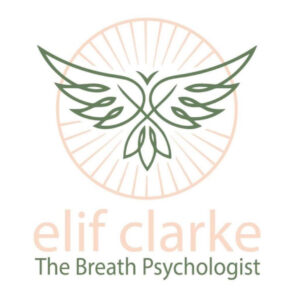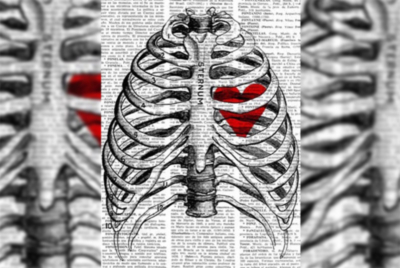Breathing, we do it up to 30,000 times a day. Without it, we wouldn’t be alive. But we can take it for granted and many of us have a restricted breathing pattern.
By that, I mean we typically use our chest, neck, and our shoulders to breathe and the use of these muscles in breathing causes tension and strain in the back and solar-plexus areas. This type of restricted breathing is called chest breathing.
Why do we stop breathing like we did when we were babies — with no restriction, free flowing and with our whole respiratory system?
Because our life experiences, painful memories, and distressing emotions are stored in the body as muscle pain and contraction, which results in a large number of people breathing with their chest
What happens to the body when we breathe with the chest?
The respiratory system, unlike all other body systems such as the nervous, digestive, endocrine, lymphatic, and the pulmonary systems, is both voluntary and involuntary.
In chest breathing, the ribcage expands during the inhalation and fills only the upper part of the lungs with air. Breathing then becomes shallow and rapid, but uses more oxygen as the person feels that they are not getting enough. Then this can trigger the ‘fight or flight’ state, which is the body’s survival response to the stress. The activation of the survival mechanism relies upon two major systems in the body: the autonomic nervous system (ANS) and the endocrine system. The ANS is composed of the parasympathetic and sympathetic nervous systems.
Chest breathing triggers the activation of the sympathetic nervous system, which can lead to elevated heart rate and blood pressure, acceleration in respiration, and preparation of the muscles for action. Also our digestive system starts to shut down. Apart from causing distressing physical symptoms, chest breathing can lead to depression and anxiety.
How does the breath help us?
As we are able to control our breathing, we can change the way we breathe, so that we can trigger the function of the parasympathetic nervous system, which induces a relaxation response in the body. This is primarily done through the vagus nerve, which runs from the brain through the chest to the abdomen.
In fact, by deeply breathing with the diaphragm, we actively tone the vagus nerve.
In normal relaxed breathing, we take in oxygen from the air inhaled through our nostrils or mouth which goes into the lungs with the help of the diaphragm – a sheet of muscle, shaped like a parachute that is located between your chest and abdomen, in the ribcage. It is relatively large and is formed of two domes that are connected by a tendon in the centre. When we breathe, the diaphragm pulls down the domes. This causes the lungs also to be pulled down,expanding them. Our belly inflates because the contents of the abdomen are pushed down.
When diaphragm expends on inhaling, all our organs are massaged, rolled, churned and bathed in new blood, fluids and oxygen. When we let air out, the domes go back into their regular place, leaning against the lungs, and gently pushing on them. In this way, our body detoxes itself from harmful chemical we receive throughout the day.
In addition, breathing deeply with the diaphragm will slow down your heart, the levels of cortisol and adrenaline, circulating around the body is reduced, your digestion returns to normal and you can start to think clearly
How does Transformational Breath(r) help?
There are so many breathing techniques that are good for us. The difference between Transformational Breath(r) and other techniques are the fact that we use four modalities of movement, sound, affirmation, and acupressure in our sessions.
During the breath session, to release tension from the diaphragm, open up breathing, move energy and release inhibitions, we ask clients to move their arms and legs, similar to a child having a tantrum. This action releases pent-up energy and helps us to connect us to our subconscious.
We use sound to help the person release tension around the jaws, to express their unexpressed truth, so that they can feel heard and listened to.
We use acupressure, gently touching the body’s tense and constricted muscles. We believe we hold our breath to repress and suppress painful emotions that are stored in the body’s muscle as pain and tightness. So, releasing tension with acupressure will help the breath to go through the body easily and therefore better breathing will help the person to access some stored emotions in the body.
Transformational Breath (r), which is conscious connected breathing with no pauses on inhale and exhale, will trigger the parasympathetic nervous system which will release tension in your body. This in turn will help you breathe better, release and integrate unconscious, and access your true essence.


Recent Comments